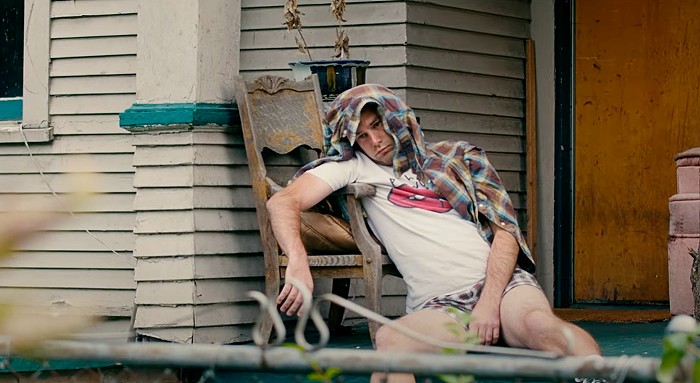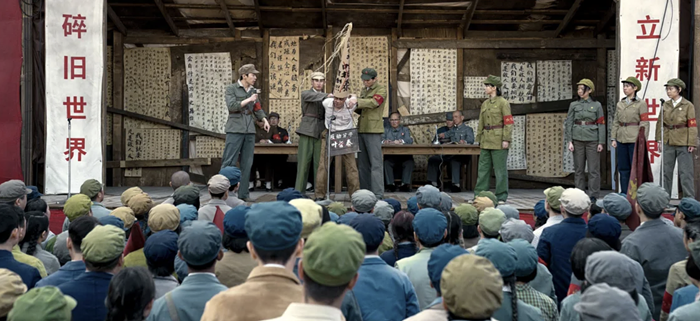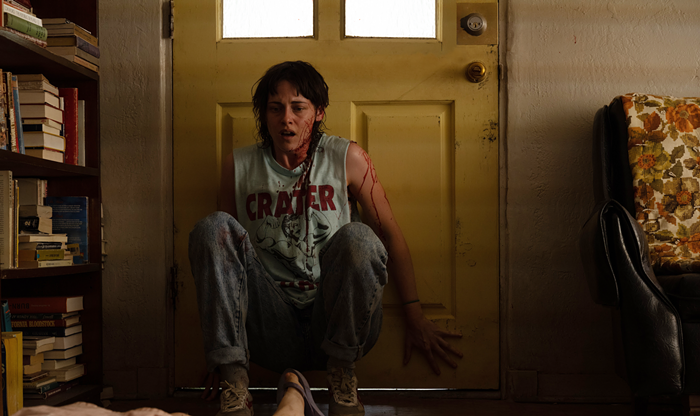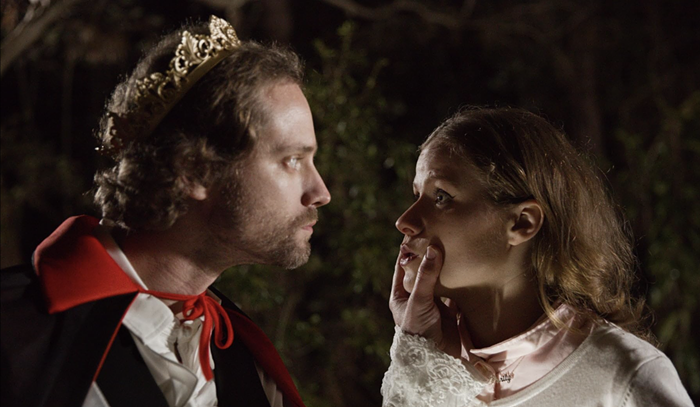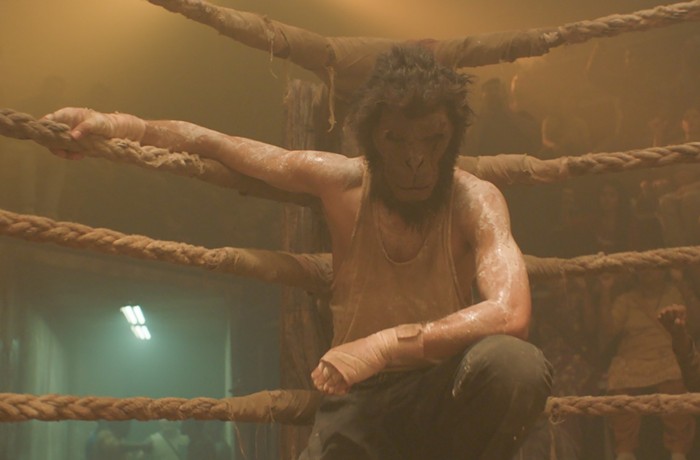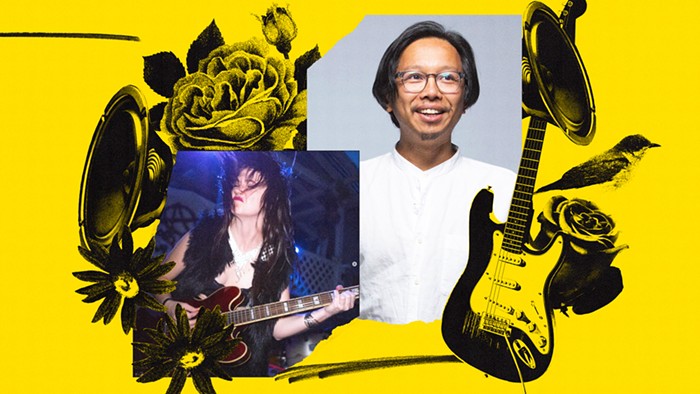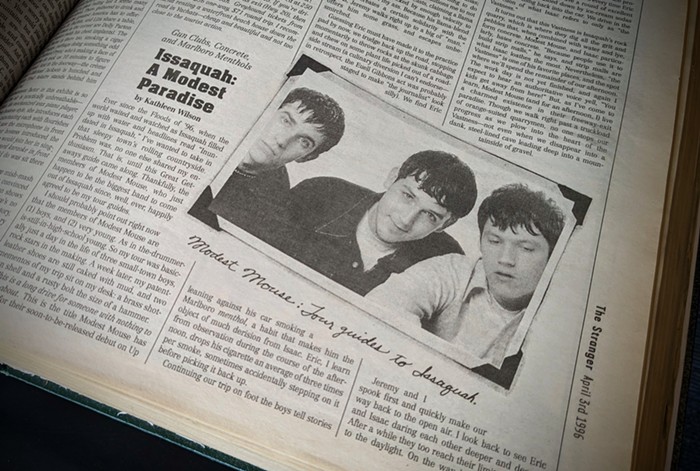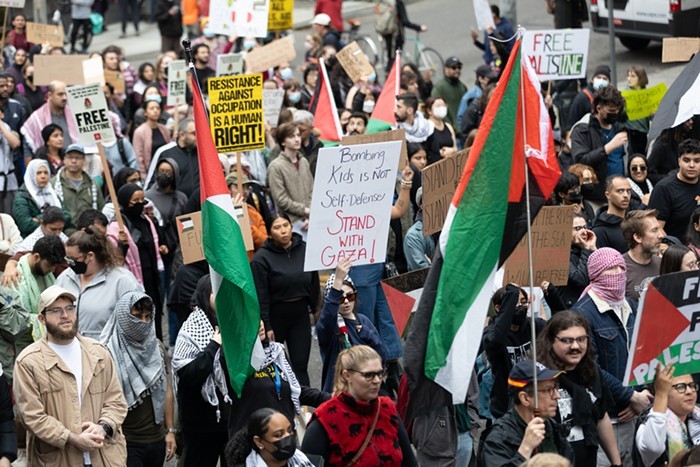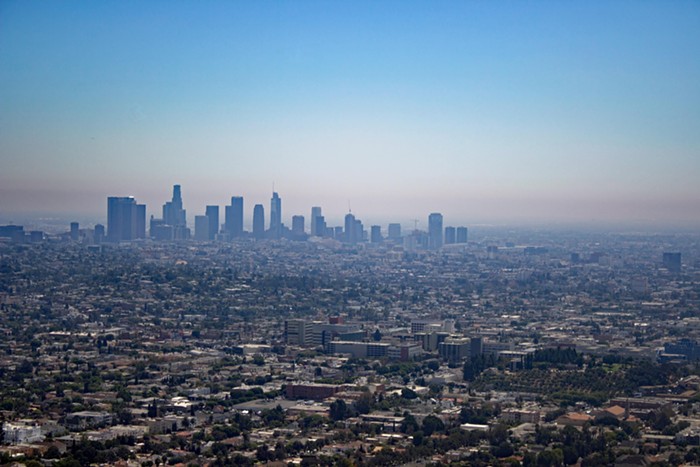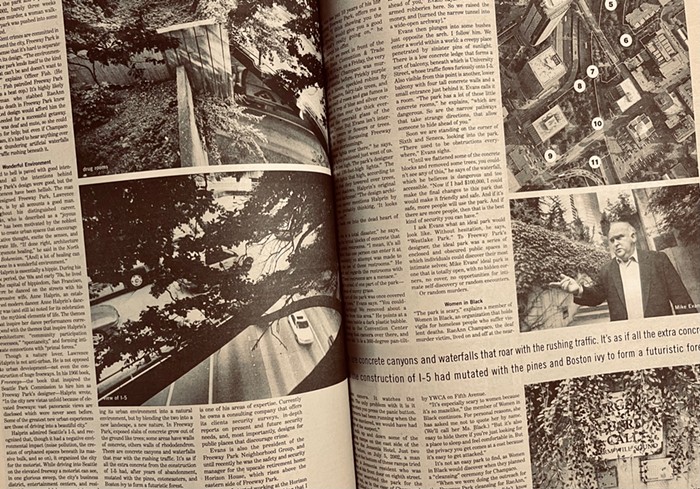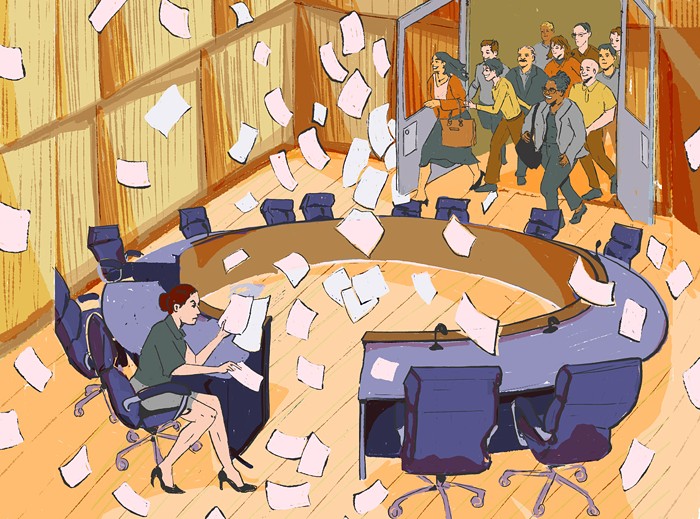Ken Loach's new film, Jimmy's Hall, answers a very important question: What is the left supposed to do when the struggle against our oppressors is won?
Do we keep on working as before but under improved conditions? Do we spend more time in bed or with our partners or in the pub? What should life in a fully realized social democracy look and be like? Are we fighting for the right to become permanent couch potatoes? Those who think it's better to focus on the struggle now (higher pay, more free time, better social services) and deal with the resultant utopia when we get to it are making a huge mistake. We need to state as clearly as possible what the ultimate aim of solving economic inequality is—otherwise, how are we any better than a bunch of unhappy bees that want better working conditions and a fairer share of the honey?
Loach's answer: The goal of the struggle is to form a society that has lots of free time for people to analyze new and old poems, learn new and old songs, practice new and old dance moves, teach new and old painting styles. This is the simple essence of Jimmy's Hall, the story of an Irishman, Jimmy Gralton (Barry Ward), who in 1932 returns to Ireland after a 10-year absence to care for his ancient mother and to stay out of trouble (he is also a communist). But as soon as he begins working the land and adjusting to the slow rhythms of rural life, the area youth and a number of older folks want him to reopen a controversial community center that he had established and run before his abrupt departure.
Those in power (churchmen, landowners) were violently opposed to this community center, or "the Hall," not because it offered art classes but because it was supported and organized by leftist radicals and agitators. The authorities had the Hall shut down and forced Jimmy into exile. But now that he is back, the youth (who are bored) and grown-ups (who are broke because the Great Depression has reduced remittances from Irish Americans) want him to work his magic and revive the center. He reluctantly agrees, and he begins by teaching the white farmers how to dance like black people do in Harlem. He even once danced with a black woman, and he knows how to move his hips provocatively.
The Hall comes alive, the church leaders freak out, and the authorities once again resort to force to close the place. The story is told with great ease and beauty. The workers become artists. The class struggle must be beautiful.
This is Loach at his best. ![]()


